Expert Masonry Techniques for Brick, Stone, and Concrete Construction
Mastering masonry involves techniques for laying bricks, stones, and blocks with mortar to create stable, aesthetically pleasing structures. Key...
6 min read
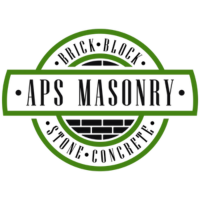 Alec Serowatka
:
Jan 12, 2024 12:58:18 PM
Alec Serowatka
:
Jan 12, 2024 12:58:18 PM
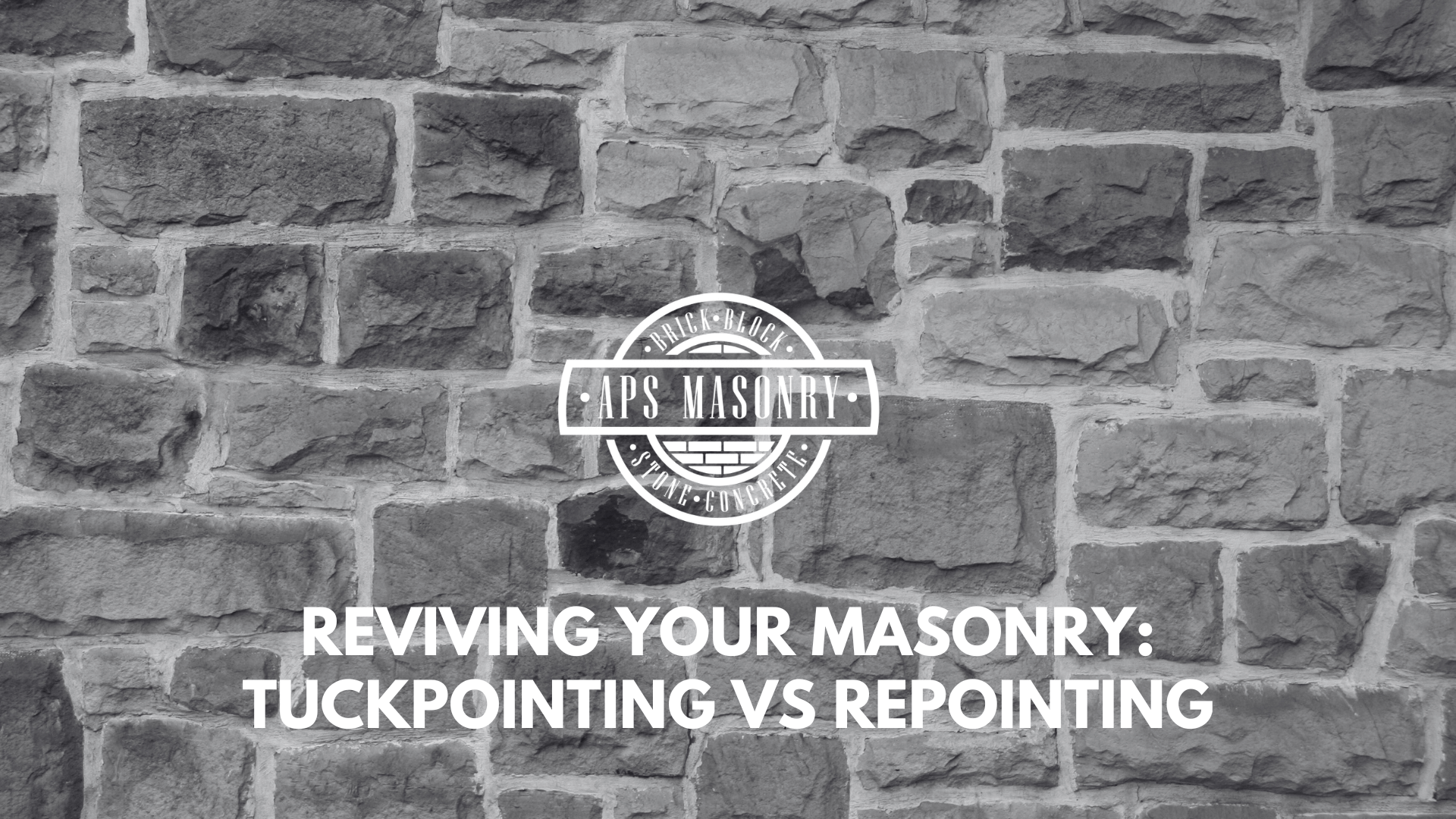
In masonry, two important techniques maintain and restore the charm and stability of brick structures: tuckpointing and repointing.
Tuckpointing focuses on improving aesthetics by applying a fresh line of mortar for a neat, polished look. This method is primarily cosmetic, preserving original mortar joints.
Repointing, in contrast, strengthens structures by replacing damaged mortar to ensure stability and protection against elements like rain and wind.
Understanding the distinct purposes and processes of tuckpointing and repointing guarantees that the right approach is chosen for effective masonry maintenance. Whether your goal is to enhance appearance or restore structural integrity, these techniques are vital for preserving the durability and beauty of brickwork.
Tuckpointing, an important technique in masonry construction, is a cosmetic yet essential procedure for brick masonry structures. This process, deeply rooted in history, involves refining the aesthetic appearance of mortar joints without altering the bricks.
In the late eighteenth century, tuckpointing was developed as a cost-effective way to imitate high-end rubbed bricks, offering a sophisticated look to brick structures.
The process of tuckpointing is intricate, requiring precision and expertise.
While primarily aesthetic, this technique also contributes to the structural stability of masonry walls by sealing any hairline cracks or gaps. Tuckpointing restores the building's historical charm and also extends its durability. This makes it a valuable investment for maintaining brick colored mortars and stone and brick masonry.
For successful tuckpointing, specific materials and tools are essential. The primary material used is mortar, a blend of cement, sand, and water, forming the tuckpointing process's foundation. This mortar is often colored to match or contrast with the existing brickwork.
Key tools include:
Using these materials and tools with precision is important to achieve the desired look and longevity in tuckpointing projects.
Repointing is a vital masonry technique focused on renewing mortar joints in brick masonry and stone and brick masonry structures. This process is crucial for maintaining masonry walls' structural integrity and sturdiness.
Over time, mortar in masonry joints can deteriorate due to weathering and erosion, leading to mortar damage. Repointing addresses this issue by removing deteriorated mortar and filling the joints with new mortar.
Repointing restores the actual appearance of the masonry wall and improves its durability and protection against elements like moisture, thereby extending the life of the entire structure. This meticulous process requires skill and precision to guarantee that the repointed joints match the original mortar joints' strength and appearance.
Repointing a masonry structure, especially one involving brick or stone, requires specific materials and tools. The primary material is mortar, typically a blend of sand, cement, and lime putty mixed to match the original mortar in consistency, color, and strength.
Key tools and materials include:
These tools guarantee the mortar joints are repaired accurately and safely, maintaining the structural stability and appearance of masonry walls.
.jpg?width=589&height=331&name=APS%20M%20Template%20(6).jpg)
When restoring mortar joints in masonry construction, several key factors influence the choice of technique, whether it's tuckpointing or repointing:
These factors collectively determine the most appropriate technique for masonry mortar restoration.
The cost of tuckpointing and repointing projects can vary widely depending on several factors, including:
Here are some estimated cost ranges to give you a general idea, but it's important to note that these are approximate figures, and you should obtain quotes from local contractors for accurate pricing:
Repointing Project Costs:
Tuckpointing Project Costs:
It's important to remember that these estimates are rough figures and can vary significantly based on the factors mentioned earlier. Additionally, the choice of materials, the condition of the existing masonry, and labor costs in your area will all play a role in determining the final cost.
When deciding between tuckpointing and repointing for masonry repairs, understanding your masonry structure's specific conditions and requirements is key.
Tuckpointing is primarily a cosmetic technique, ideal for improving the visual appeal of brick masonry. It involves applying a new mortar layer, often contrasting, to create a sharp, attractive look on brick surfaces. This method is suitable when the original mortar joints are still structurally sound but require an aesthetic uplift.
Repointing, in contrast, is a structural repair process focused on repairing joints and restoring the structural stability of a building. It involves removing damaged mortar joints and replacing them with new mortar. This method is essential when mortar erosion or deteriorated mortar in the masonry joints compromises the integrity of a masonry wall.
Your choice should be based on the current state of the mortar joints and the overall goals for the masonry structure. For purely cosmetic improvements, tuckpointing is sufficient. However, for issues related to structural integrity and long-term durability, repointing is the more appropriate choice. Consider consulting with a masonry expert to assess the condition of your structure and make an informed decision.
In preserving historic buildings, tuckpointing and repointing are important. These techniques maintain the buildings' aesthetic authenticity and are vital for their structural integrity.
Tuckpointing revives the visual charm, aligning with the original architectural style, while repointing strengthens the masonry joints, safeguarding against structural deterioration.
Careful application of these methods guarantees the longevity of these heritage structures, preserving their historical significance and architectural legacy for future generations.
Choosing between tuckpointing and repointing depends on your project’s specific needs, whether it’s enhancing the aesthetic appeal or addressing structural concerns.
At APS Masonry Contracting, we specialize in both techniques, delivering expert craftsmanship to restore the beauty and durability of your brickwork. Whether you're preserving a historic building or repairing modern masonry, our team promises the best results tailored to your goals.
Don’t wait to protect and beautify your brick structures. Contact APS Masonry Contracting today to schedule your consultation and get started on your restoration project!
Repointing involves replacing crumbling mortar in mortar joints to restore the strength and stability of a brick structure. Tuckpointing, on the other hand, focuses on aesthetics, using thin, contrasting mortar lines to create the illusion of clean and well-maintained joints.
You should consider repointing when your mortar joints begin to show signs of deterioration, such as cracks, gaps, or crumbling mortar, as this helps maintain the structural integrity of your brick structure and prevents further damage.
To reseal mortar joints, the old, damaged mortar is removed and replaced with fresh mortar, which is carefully applied, smoothed, and packed tightly to protect and reinforce the masonry.
Rubbed brick is used in tuckpointing to enhance the visual appeal of a brick structure by creating a sharp contrast between the brick surface and the thin mortar lines applied during the process.
The masonry mortar break refers to the gap or space between bricks. In repointing, this break is cleaned out and filled with fresh mortar to replace crumbling mortar and restore durability. In tuckpointing, a contrasting line of colored mortar is added to improve the brickwork's appearance.
Properly maintaining mortar joints is necessary to protect a masonry building from structural damage. Regular upkeep prevents water infiltration, which can weaken the structure and compromise the stability of the brick wall.
Cracks, gaps, or deteriorating mortar joints are key indicators that a brick wall in a masonry building may need repair. Addressing these issues promptly helps preserve the structure’s strength and appearance.
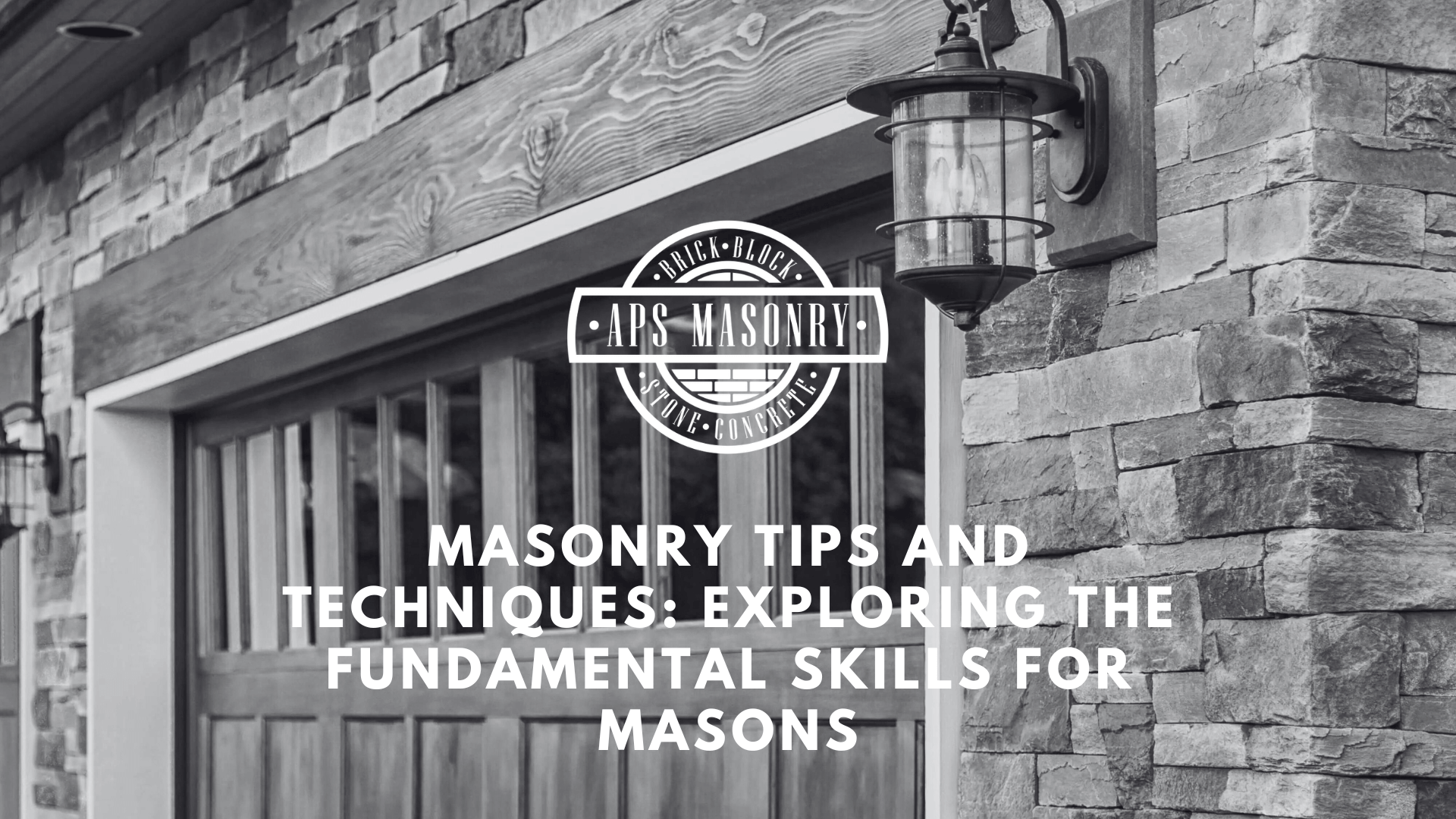
Mastering masonry involves techniques for laying bricks, stones, and blocks with mortar to create stable, aesthetically pleasing structures. Key...
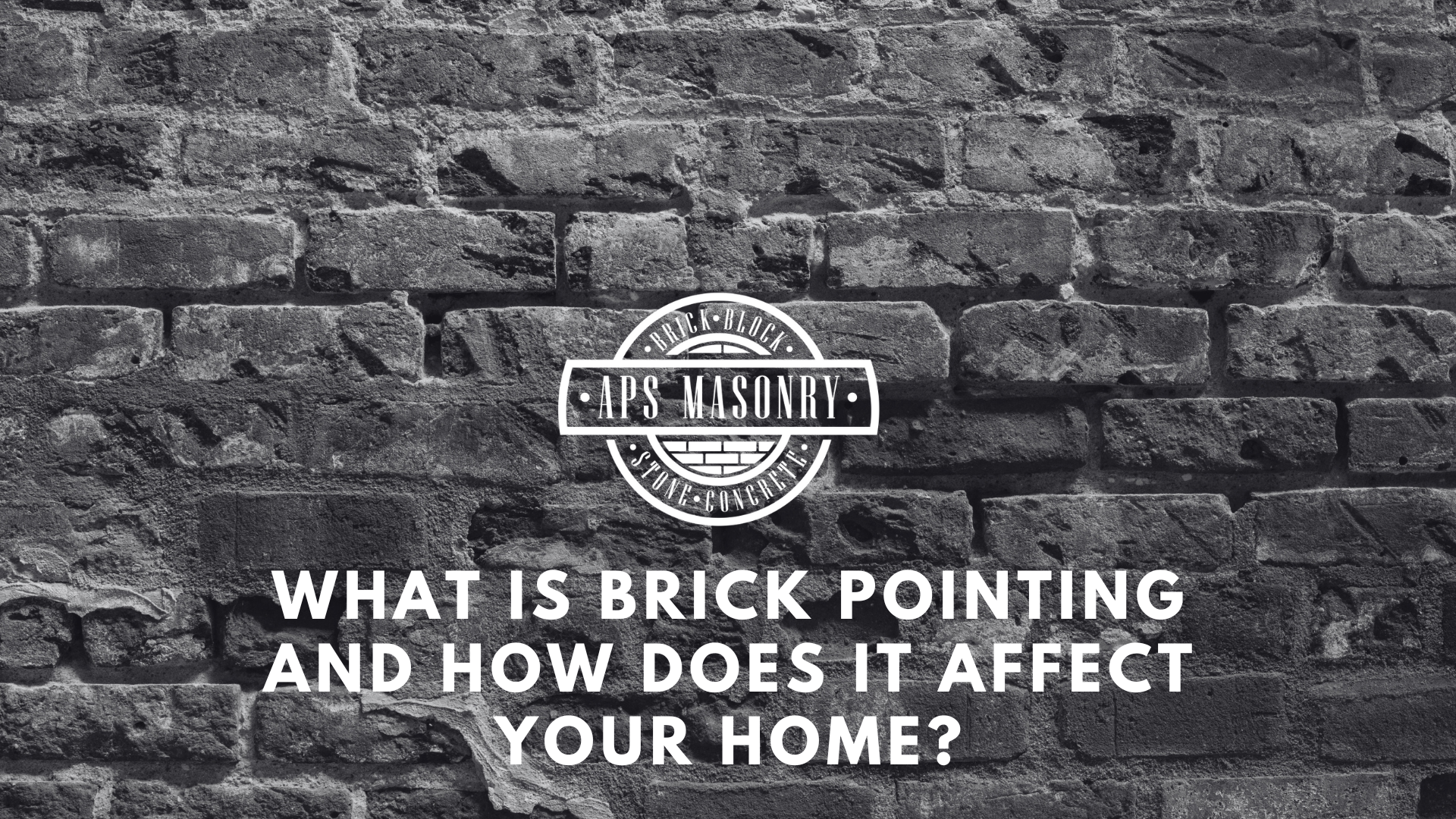
Brick-pointing is very important for maintaining the structural integrity and beauty of your home. This process involves repairing and filling the...
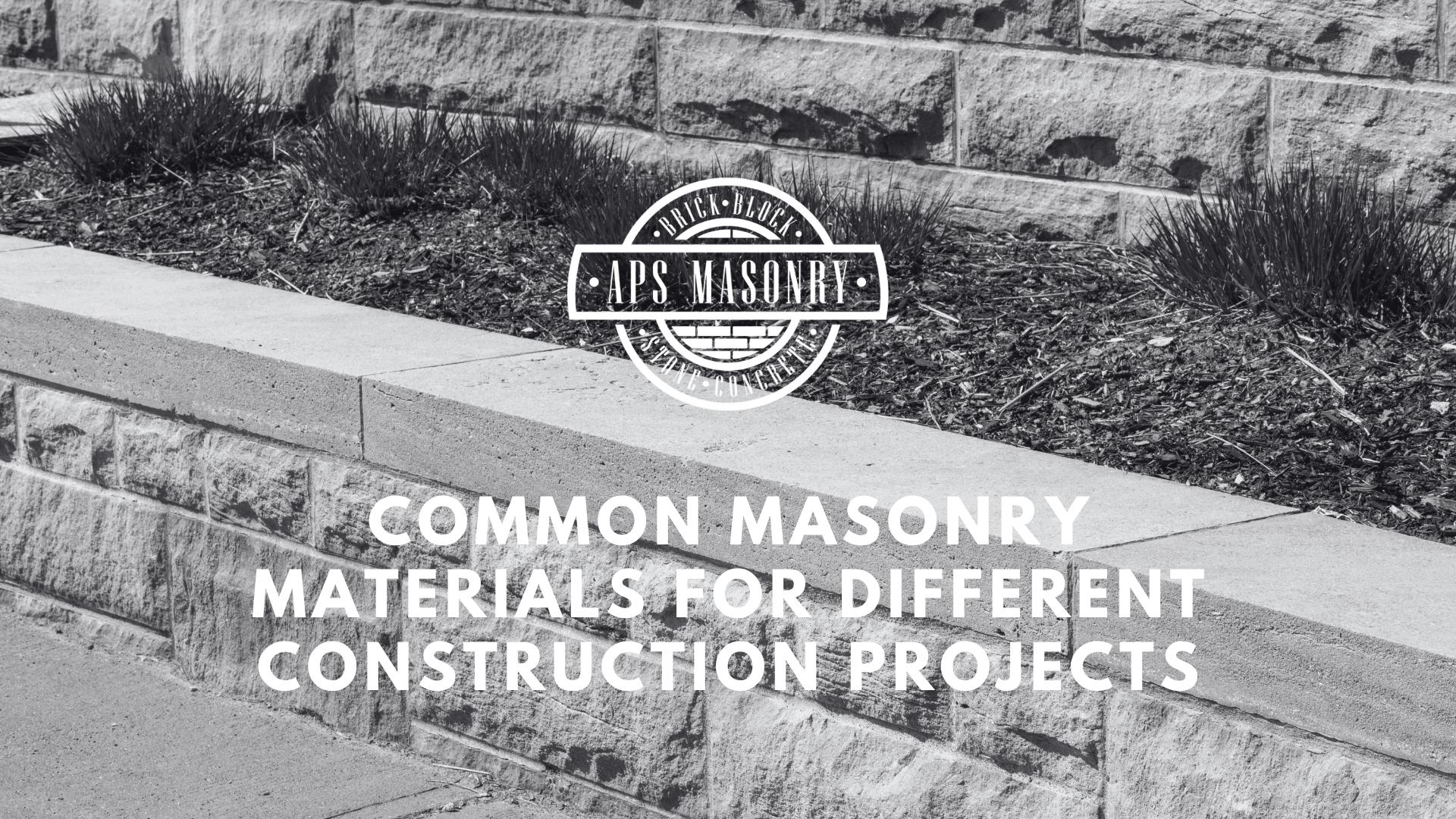
Choosing the right masonry materials is important in guaranteeing a project's durability, strength, and overall success. Masonry work is a technique...